Many people hear about Elizabeth Siddal through dramatic anecdotes of her life, such as the serious illness she suffered as a result of posing in a bathtub for Sir John Everett Millais’ Ophelia (above). In 1860 she married artist Dante Gabriel Rossetti and died a mere two years later of a laudanum overdose. The fact that Rossetti had her exhumed seven years after that in order to retrieve the poems he had buried with her has helped seal her fate as a somewhat macabre Pre-Raphaelite legend.
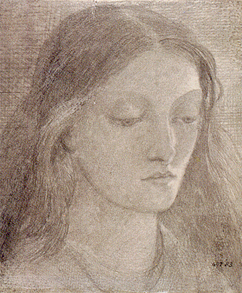
My interest in Elizabeth Siddal has been a moving force in my life through my twenties, thirties, and, now, early forties.
I almost can’t remember a time when studying her and writing about her was not a part of my existence. In 2004, I started LizzieSiddal.com to chronicle information about her life and create a space for those interested in her. I was 29 at the time, and it doesn’t escape my notice that I have now achieved a longer life span she did: she died of a laudanum overdose at age 32; I will turn 41 at the end of July.
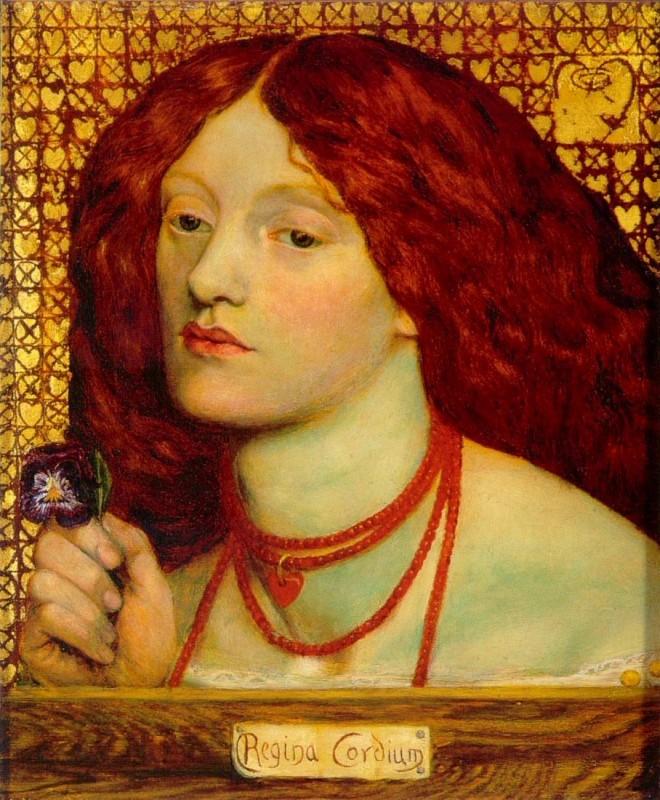
When I interviewed author Lucinda Hawksley about her biography of Lizzie Siddal, she mentioned the “Marilyn Monroe” syndrome; the experience of identifying and having strong feelings towards an artist who passes at a young age.
I’ve seen this to be true based on the emails I get through LizzieSiddal.com. People that love her are protective of her and her memory. I hope I do her proud.
I can definitely say that my perception of Lizzie has changed from my twenties to my forties. I’ve learned to try to separate who she was from the Pre-Raphaelite legend she has become (see my post What Shapes Our Perception of Elizabeth Siddal). I feel that I have grown up with her and, at times, knowledge of her has helped me process grief and disappointment in my own life.
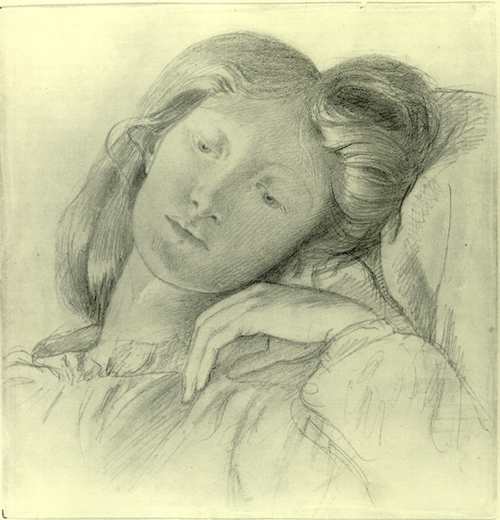
When I first encountered her poem Love and Hate, it was as if Lizzie Siddal reached across a century, grabbed me by the heart and said, “Feel me”.
It is not a complex poem, but it succeeds in conveying passion and anger. Her bitterness is palpable. With all the force of “blasts of heaven to take thee down”, Siddal unleashes her rage.
Perhaps this poem finds its roots in the relationship between Lizzie and Dante Gabriel Rossetti. I take no sides, they both had responsibility for their individual shortcomings. But this poem gives us a glimpse of Lizzie’s frustration at a love that had soured. ” Great love I bore thee: now great hate
Sits grimly in its place.”
To accompany the poem, I have included Lizzie’s self-portrait. It provides a striking contrast to the beautiful images Gabriel created of Lizzie. Unlike most women (myself probably included) who choose to show themselves in the best possible light, Lizzie painted simply what she saw. I think it is a strong artistic statement that she made, and a bold one at that. Her poem is stark, laying her soul bare. Her self-portrait is unflinching and honest. Is it any wonder that I admire her so much?
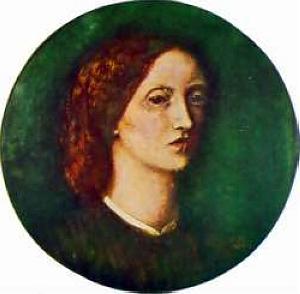
Love and Hate
Ope not thy lips, thou foolish one,
Nor turn to me thy face;
The blasts of heaven shall strike thee down
Ere I will give thee grace.
Take thou thy shadow from my path,
Nor turn to me and pray;
The wild wild winds thy dirge may sing
Ere I will bid thee stay.
Turn thou away thy false dark eyes,
Nor gaze upon my face;
Great love I bore thee: now great hate
Sits grimly in its place.
All changes pass me like a dream,
I neither sing nor pray;
And thou art like the poisonous tree
That stole my life away.

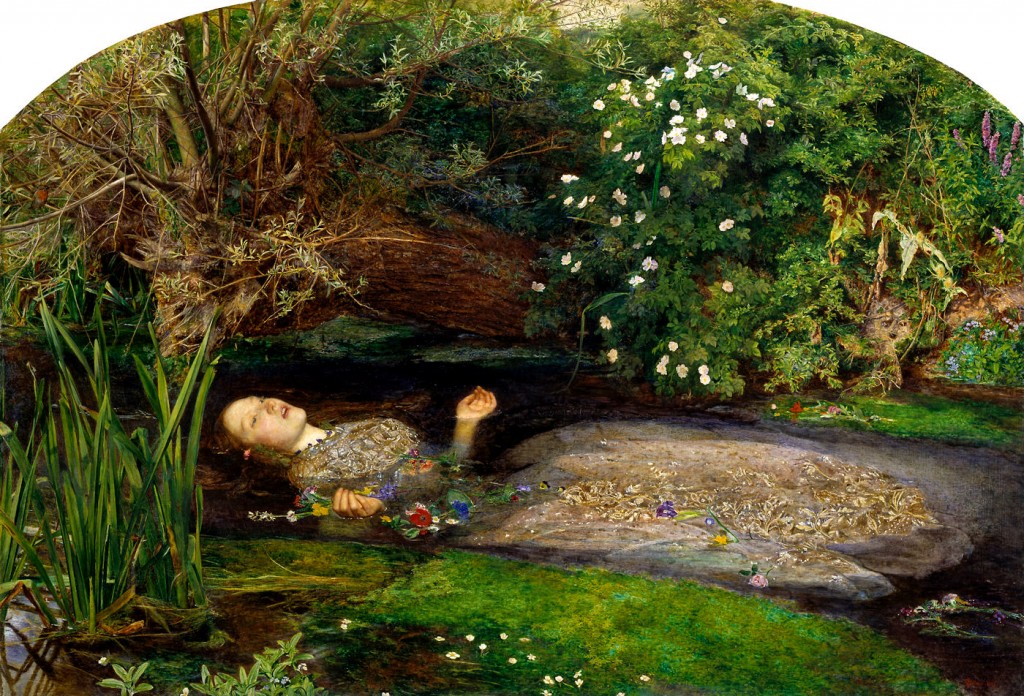
She spares nobody, not even herself. Would love to set this to music.
I was born in Birmingham England where the Art Gallery is full of pre-Raphelite paintings. The Anglican cathedral, St.Philips, which is an elegant late 18th century building, though not very large, has the most impressive, superb, stained glass designed by Burne-Jones and executed at the William Morris workshop. I believe it was the last major commission prior to the death of Morris. I am a Communist but Anglo-Catholic by background. I also love the work of Ford Maddox Brown.